Growth of E-commerce in Fashion
The growth of e-commerce significantly influences the 3D Fashion Design Software Market. As online shopping becomes increasingly prevalent, fashion brands are compelled to enhance their digital presence. 3D design software enables brands to create realistic virtual representations of their products, improving the online shopping experience. Market analysis indicates that e-commerce sales in the fashion sector are expected to reach $700 billion by 2025, underscoring the importance of high-quality digital assets. This trend encourages designers to invest in 3D design tools that facilitate the creation of visually appealing online catalogs. Consequently, the 3D Fashion Design Software Market is likely to benefit from the rising demand for innovative digital solutions that cater to the e-commerce landscape.
Rising Demand for Customization
The 3D Fashion Design Software Market experiences a notable surge in demand for customization among consumers. As fashion trends evolve, customers increasingly seek personalized clothing options that reflect their unique styles. This trend compels fashion designers to adopt 3D design software, enabling them to create tailored garments efficiently. According to recent data, the customization segment is projected to grow at a compound annual growth rate of 15% over the next five years. This growth indicates a shift in consumer preferences, where bespoke fashion becomes more accessible through advanced design technologies. Consequently, the 3D Fashion Design Software Market is likely to expand as designers leverage these tools to meet the rising expectations for individualized fashion solutions.
Increased Focus on Sustainability
The 3D Fashion Design Software Market is witnessing a heightened focus on sustainability, driven by both consumer demand and regulatory pressures. Designers are increasingly adopting 3D design tools to minimize waste during the production process. By simulating designs digitally, brands can identify potential issues before physical samples are created, thereby reducing material waste. Recent studies indicate that companies utilizing 3D design software can decrease their sample production by up to 30%, aligning with sustainability goals. This shift not only appeals to environmentally conscious consumers but also positions brands favorably in a competitive market. As sustainability becomes a core value, the 3D Fashion Design Software Market is likely to expand, reflecting a commitment to eco-friendly practices.
Technological Advancements in Design Tools
Technological advancements play a pivotal role in shaping the 3D Fashion Design Software Market. Innovations in software capabilities, such as enhanced rendering techniques and user-friendly interfaces, facilitate a more intuitive design process. These advancements allow designers to visualize their creations in real-time, significantly reducing the time from concept to production. Market data suggests that the integration of advanced features, such as AI-driven design suggestions, is becoming increasingly prevalent. This trend not only streamlines workflows but also enhances creativity, enabling designers to experiment with complex patterns and textures. As technology continues to evolve, the 3D Fashion Design Software Market is poised for substantial growth, driven by the need for more sophisticated design tools.
Collaboration Across the Fashion Supply Chain
Collaboration across the fashion supply chain is emerging as a crucial driver for the 3D Fashion Design Software Market. As brands seek to streamline operations and enhance communication, the integration of 3D design tools facilitates collaboration among designers, manufacturers, and retailers. This interconnectedness allows for real-time feedback and adjustments, reducing lead times and improving overall efficiency. Recent data suggests that companies that adopt collaborative design processes can reduce their time-to-market by up to 25%. This trend indicates a shift towards more agile and responsive supply chains, which is essential in the fast-paced fashion industry. As collaboration becomes increasingly vital, the 3D Fashion Design Software Market is expected to grow, reflecting the need for tools that support seamless interaction among stakeholders.


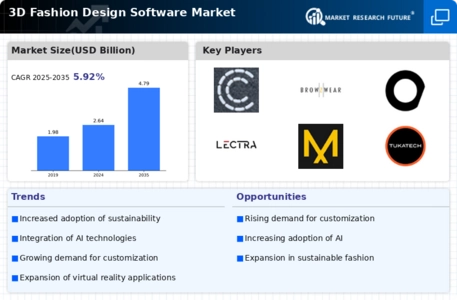
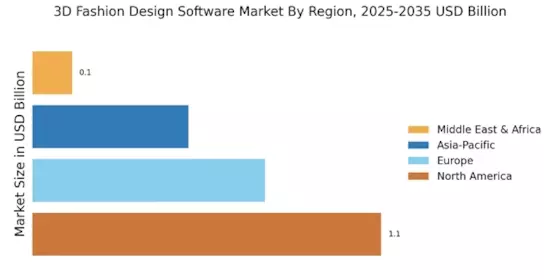


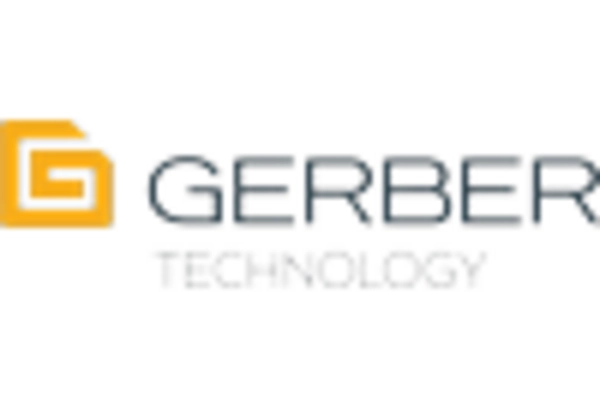
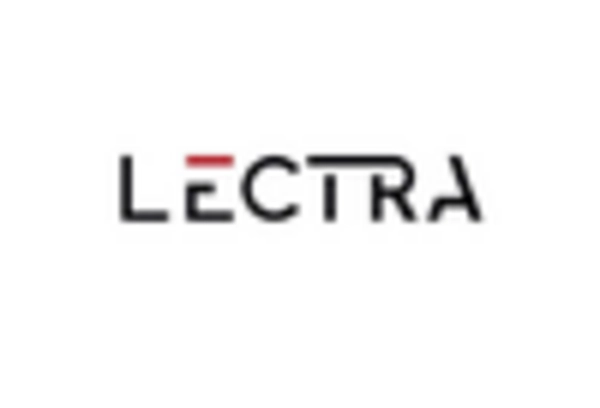

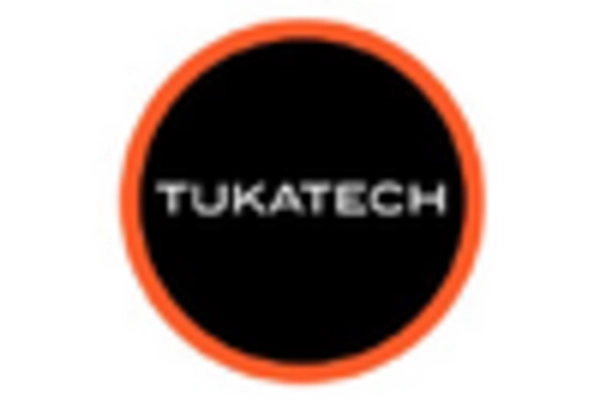








Leave a Comment